- Home
- Machining techniques
- CNC Machining Services
- Cooperative supply services
- Designs
- Materials
- Finishing Services
- Shop
- Products
- Guide
- About Us
- Contact Us
2021.9.29
The so-called cutting processing refers to the processing method based on the design drawings to cut off the excess material layer on the blank or workpiece with cutting tools according to the specified requirements, so that the workpiece can obtain the specified geometry, size and surface quality.
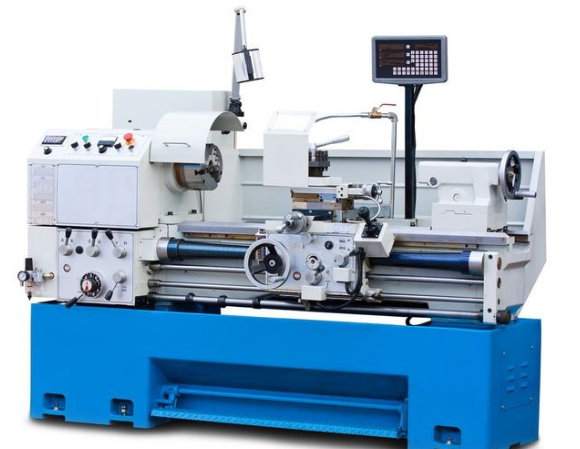
Machine tools are machines that make machines, also known as “machine tools”, and c+an even make other machine tools. Therefore, the role of machine tools is very important.
Nowadays, with the digital development of machine tools, all manufacturers believe that as long as machine tools are introduced, high-precision manufacturing can be realized, but this is not the case. All along, all kinds of manufacturers do not simply import machine tools, but independently manufacture turning tools (cutting tools) and other tools and fixtures while fully excavating the application methods of machine tools, and honed a series of inherent technologies. With the rapid development of NC (digital control) and CNC (computer digital control), this mechanism is also essential.
The operator can fine tune the parameters in combination with the performance of the machine tool, so as to realize high-precision machining. Therefore, we not only need to be familiar with the characteristics of the equipment, but also understand the performance of the equipment, so as to give full play to the ability of the equipment. It can be said that only knowing the performance of machine tools can not become a really excellent technician. Only by returning to the origin of the machine tool and understanding a series of manual operations such as line drawing, cutting, bending and filing, can the mechanical operation be completed better.
In addition to the function and performance of the machine tool, we should fully grasp the personality characteristics of the equipment, so as to better process.
1. Rigidity
When an external force is applied to an object to deform it, it will also produce a force trying to resist deformation. This property is called “rigidity”. For machine tools, if they want to process with target accuracy, the rigidity of machine tools will become a problem to be solved.
Rigidity can be divided into static force (static rigidity) and dynamic force (dynamic rigidity). The so-called static rigidity is simply that the direction and size of the force always maintain a certain state. For the machine tool, it is the state that the running part is still pressed on the working disk. Strictly speaking, in this state, the worktable is only affected by the gravity of the running part, and therefore deformed. Although the actual impact is very small, the machining accuracy may be reduced according to the actual situation.
Dynamic rigidity is a state in which the direction and magnitude of the force are constantly changing. From the perspective of the machine tool, the operation of turning on the switch to start operation may cause vibration. Depending on the actual situation, this may cause symptoms such as machine tool jitter and affect the machining accuracy. Therefore, static and dynamic rigidity must be fully considered when cutting the workpiece.
2. Thermal deformation
As the temperature rises, the object will expand. The same is true for metals. Therefore, if the length is to be accurately measured, it must be operated in the measurement room with complete temperature management. When processing, we should be particularly vigilant against the thermal deformation of the object. This is because each part of the machine tool will generate heat during operation, which will cause the temperature of the target object to rise during processing such as cutting. The longer the running time of the machine tool, the more it is necessary to consider the influence caused by thermal deformation. Therefore, in order to realize precision machining, we must know how long the running time corresponds to how high the temperature is.
Vibration and heat are important factors affecting machining accuracy. In order to avoid the influence of these factors, countermeasures must be formulated in the design stage.
1. Cutting action
The so-called cutting is to use tools to cut off part of the target. At this time, “cutting” and “tool feeding” must be carried out. Cutting is the action of cutting a part from the target, which is basically realized by controlling the turning tool and other tools to move in a straight line. The tool feeding is to control the tool movement to realize the cutting action of other parts. For example, after cutting on a straight line, a new face can be cut by moving the tool in a direction perpendicular to the cutting direction. Repeat this operation to shape a plane.
2. Machining and resistance
In the process of machining, the tool and the target will come into contact, and the forces interfere with each other to form resistance. It must be considered that different tools produce different resistance. For example, when cutting with a turning tool, the resistance will vary according to the material of the target, the cutting area, the type of turning tool and other factors. Among them, the cutting area has a great influence on the resistance, which must be paid attention to in machining.
In addition, in the drilling process with drill bit, the torque and the resistance of tool feeding need to be considered. Torque is the strength of torsion, also known as “torque” and so on. On the other hand, tool feeding is the action of pushing the drill forward. In the drilling process, the resistance value will change with the material of the target, the type of bit (tip shape), the rotation speed of the bit and the feed speed. At the processing site, studying the processing scheme while considering the influence of resistance can pursue higher quality, efficiency and tool durability.
3. Machining and speed
At the processing site, in addition to quality management, operation efficiency is also an important topic. In machining, high efficiency can be achieved by improving the processing speed.
However, we can not blindly improve the speed of the equipment. Increasing the speed may increase the resistance, cause thermal deformation and cause adverse effects. In addition, increasing the processing speed may shorten the service life of the turning tool. This may lead to an increase in the replacement frequency of turning tools and raise the unit cost of machining. Therefore, when machining, it is very important to comprehensively consider the speed, accuracy and tool life.
4. Processing and temperature
During cutting and other processing, the target will contact with the tool and generate heat. This will cause the temperature inside the target to rise, which may affect the machining accuracy and tool durability. What will cause problems is the processing speed and processing area previously mentioned. The faster the processing speed is, the more heat is produced; The larger the processing area, the greater the friction and the higher the temperature. In machining, we must always pay attention to the change of temperature and promote the operation.
Cutting oil (cutting agent) plays an important role in the temperature management of machining. It can effectively reduce the friction between the target and the tool. At the same time, it can cool the heat generated during processing and flush the chips generated during processing.
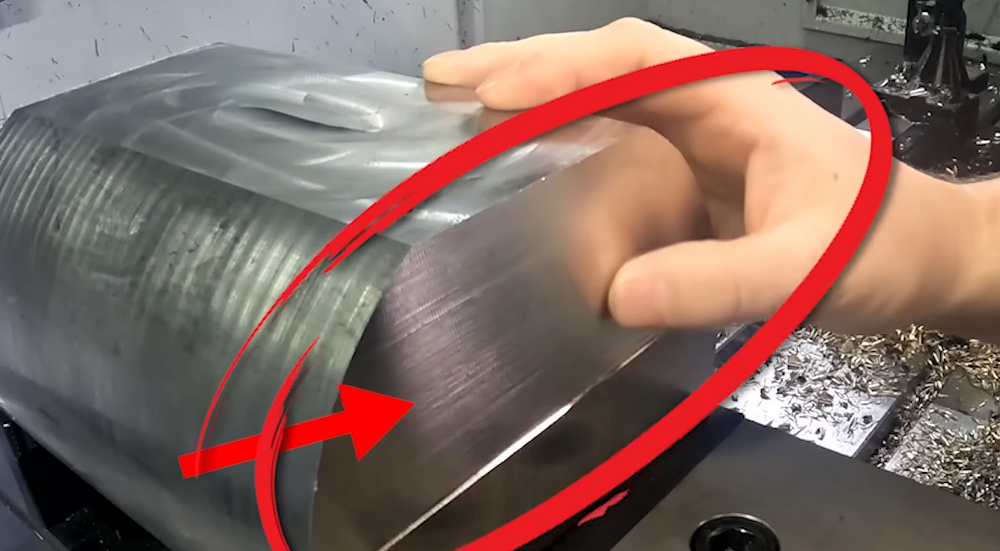 How To Reduce & Stop Chatter Vibration in CNC Milling/Turning/Drilling/Grinding Lathe?
How To Reduce & Stop Chatter Vibration in CNC Milling/Turning/Drilling/Grinding Lathe?
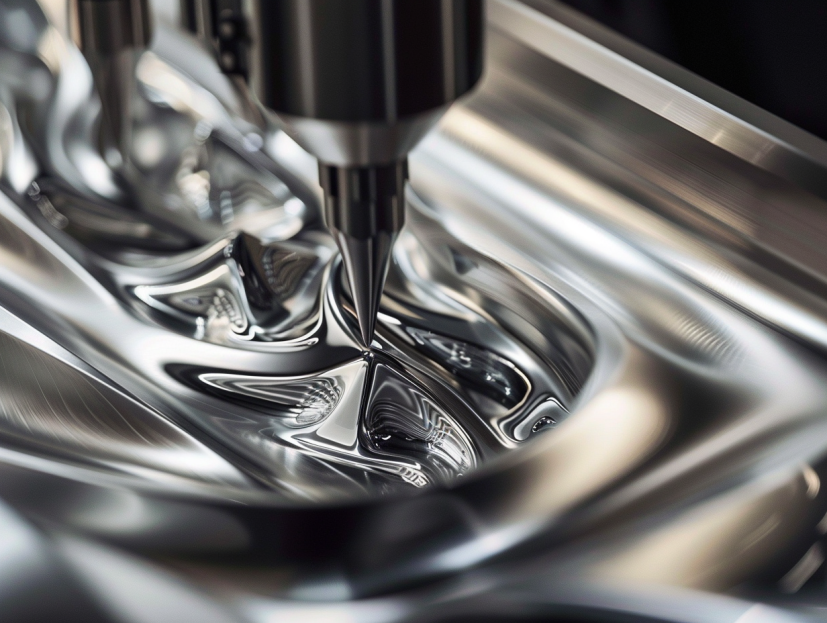 What is Tool Setter – CNC Tool Setter Types, Cost, Work Principle & How To Use
What is Tool Setter – CNC Tool Setter Types, Cost, Work Principle & How To Use
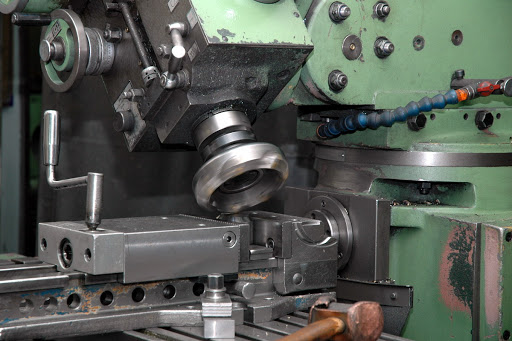 CNC Machining Vs Conventional Machining – Difference Between CNC Machining And Conventional Machining
CNC Machining Vs Conventional Machining – Difference Between CNC Machining And Conventional Machining
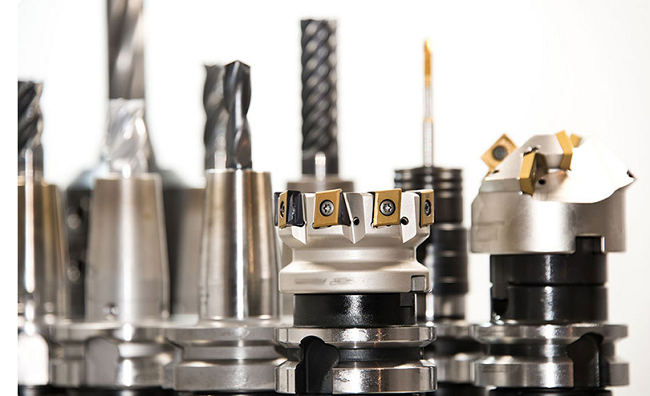 Top 12 CNC Machining & Programming Experiences | CNCLATHING
Top 12 CNC Machining & Programming Experiences | CNCLATHING
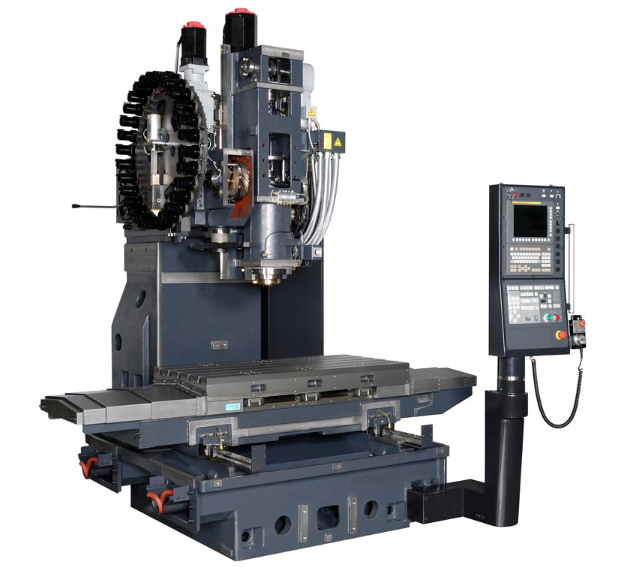 What is CNC Vertical Machining Center – VMC Machine Applications & Difference Between Horizontal Machining Center
What is CNC Vertical Machining Center – VMC Machine Applications & Difference Between Horizontal Machining Center
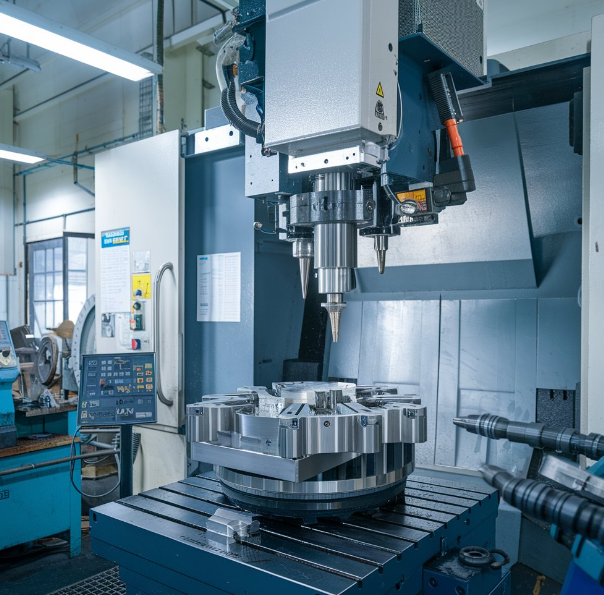 Why Choose China CNC Machining and How to Find the Best CNC Machining Manufacturer
Why Choose China CNC Machining and How to Find the Best CNC Machining Manufacturer
